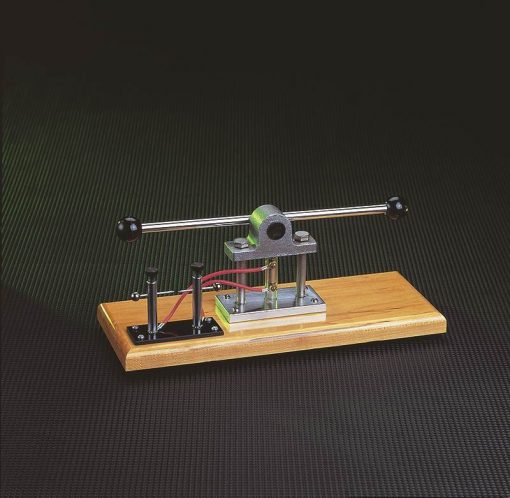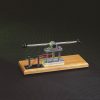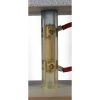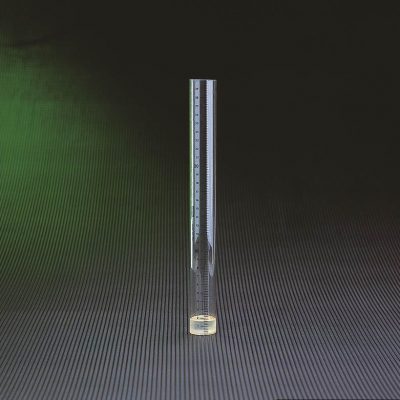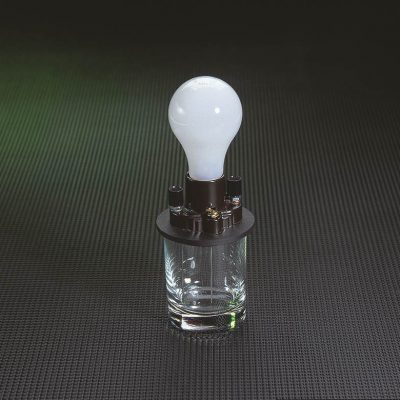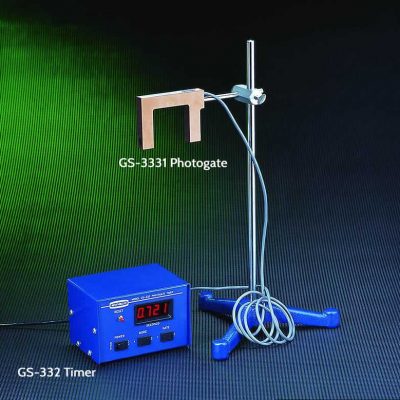Description
Piezoelectricity is an electric charge that is generated across certain crystals when subjected to stress. It is also true that when an electric field is applied to such a crystal, it will change shape. This property of many natural crystals such as quartz, Rochelle salt, barium titanate and tourmaline was discovered by Pierre and Jacques Curie in the 1880s. A clear understanding of the phenomena has made possible and practical the fabrication of ceramic materials that, with special processing, exhibit a high degree of piezoelectricity. The crystal in this unit is an example, being compounded of lead zirconate and lead titanate. It is mounted in a specially designed plastic case for visibility, protection, and ease of demonstration.
This apparatus consists of a piezoelectric cell mounted in a retainer that allows axial pressure to be applied through a pushpin from a cam and lever. When the cell is compressed by rotating the lever, many thousands of volts are created across the crystal, enough to jump a gap of up to 1/4″. The output at each end of the cell is connected by wires to an adjustable spark-gap.
The electrodes can be arranged with small balls or sharp points opposite one another. This will show the variation in the breakdown voltage of air depending on the geometry of the electrodes.
When the lever is returned to level and the pressure across the cell is released, another spark, this time of reverse polarity, will be generated as the cell returns itself to neutral. This is an example of the direct conversion of energy from one form to another — mechanical to electrical.
For those who wish to experiment in other ways with a piezoelectric device, the mounted cell is available unmounted (cell shown in the magnified image in gallery).
